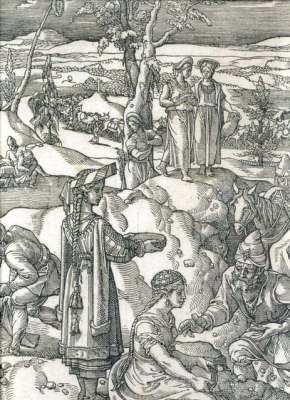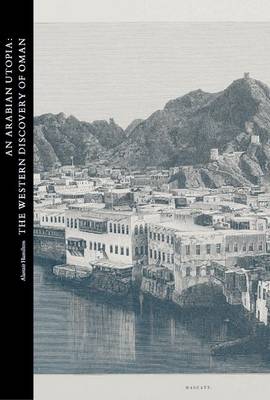Studies in the Arcadian Library
1 primary work • 2 total works
Book 2
Arab Culture and Ottoman Magnificence in Antwerp's Golden Age
by Alastair Hamilton
Published 6 December 2001
The theme of this richly-illustrated book is the impact and image of the Maghrib and of the Levant on European learning and culture during the Renaissance and the Golden Age, with special reference to Antwerp's pivotal position as a great trading and printing city. Publication of the English language edition is timed to coincide with an exhibition of rare books and manuscripts at the Plantin-Moretus Museum of Printing History, taking place in Antwerp in late 2001/early 2002. It includes an extended introduction by Alastair Hamilton accompanied by a list of the exhibits. The majority of the exhibits derive equally from the holdings of the Plantin-Moretus Museum, and from the Arcadian Library, an outstanding, private library dedicated to the history of Levantine influences in Europe. This volume will be the first in a series of books on orientalist themes to be published by the Arcadian Group in association with Oxford University Press: The Arcadian Library Series of Studies on the Relations between Europe and the Arab and Islamic World. Fuller details of this title and series will appear in the next Quarterly Bulletin.
Even though Oman had always been familiar to travellers sailing between Europe and India or Persia, it was its coast alone that was known. Greeks and Romans had charted it, medieval merchants traded on it, and in the early sixteenth century the Portuguese conquered its main towns, yet the interior of Oman was all but entirely unknown and would remain so until the early nineteenth century. Only after the ejection of the Portuguese in 1650 and an independent Oman had
built an empire of its own, stretching round the Indian Ocean from India to Zanzibar, did Muscat, the capital, start to be visited by western powers eager to obtain commercial concessions and political influence. In the nineteenth century, for the first time, a very few, mainly English, explorers
ventured inland and embarked on the true discovery of Oman. But even that was sporadic. As long as there was a powerful ruler, the travellers were protected, but by the late nineteenth century the rulers in Muscat had lost control over the interior and it was not until well into the twentieth century that explorers such as Wilfred Thesiger could investigate the south and that the oil companies could begin to chart the centre and the west. Oman was the last Arab country to be fully explored by
western travellers and this book examines and discusses the ways in which the emergent knowledge of Oman was propagated in the West, from the earliest times to 1970, by explorers, missionaries, diplomats, artists, geologists and naturalists, and by those scholars who gradually uncovered the
manuscripts and antiquities that allowed them to piece together the history of the area.
built an empire of its own, stretching round the Indian Ocean from India to Zanzibar, did Muscat, the capital, start to be visited by western powers eager to obtain commercial concessions and political influence. In the nineteenth century, for the first time, a very few, mainly English, explorers
ventured inland and embarked on the true discovery of Oman. But even that was sporadic. As long as there was a powerful ruler, the travellers were protected, but by the late nineteenth century the rulers in Muscat had lost control over the interior and it was not until well into the twentieth century that explorers such as Wilfred Thesiger could investigate the south and that the oil companies could begin to chart the centre and the west. Oman was the last Arab country to be fully explored by
western travellers and this book examines and discusses the ways in which the emergent knowledge of Oman was propagated in the West, from the earliest times to 1970, by explorers, missionaries, diplomats, artists, geologists and naturalists, and by those scholars who gradually uncovered the
manuscripts and antiquities that allowed them to piece together the history of the area.

